Business Management Assignment Help Sample by VAH Experts
Selection and Analysis of an Entrepreneur: Melanie Perkins
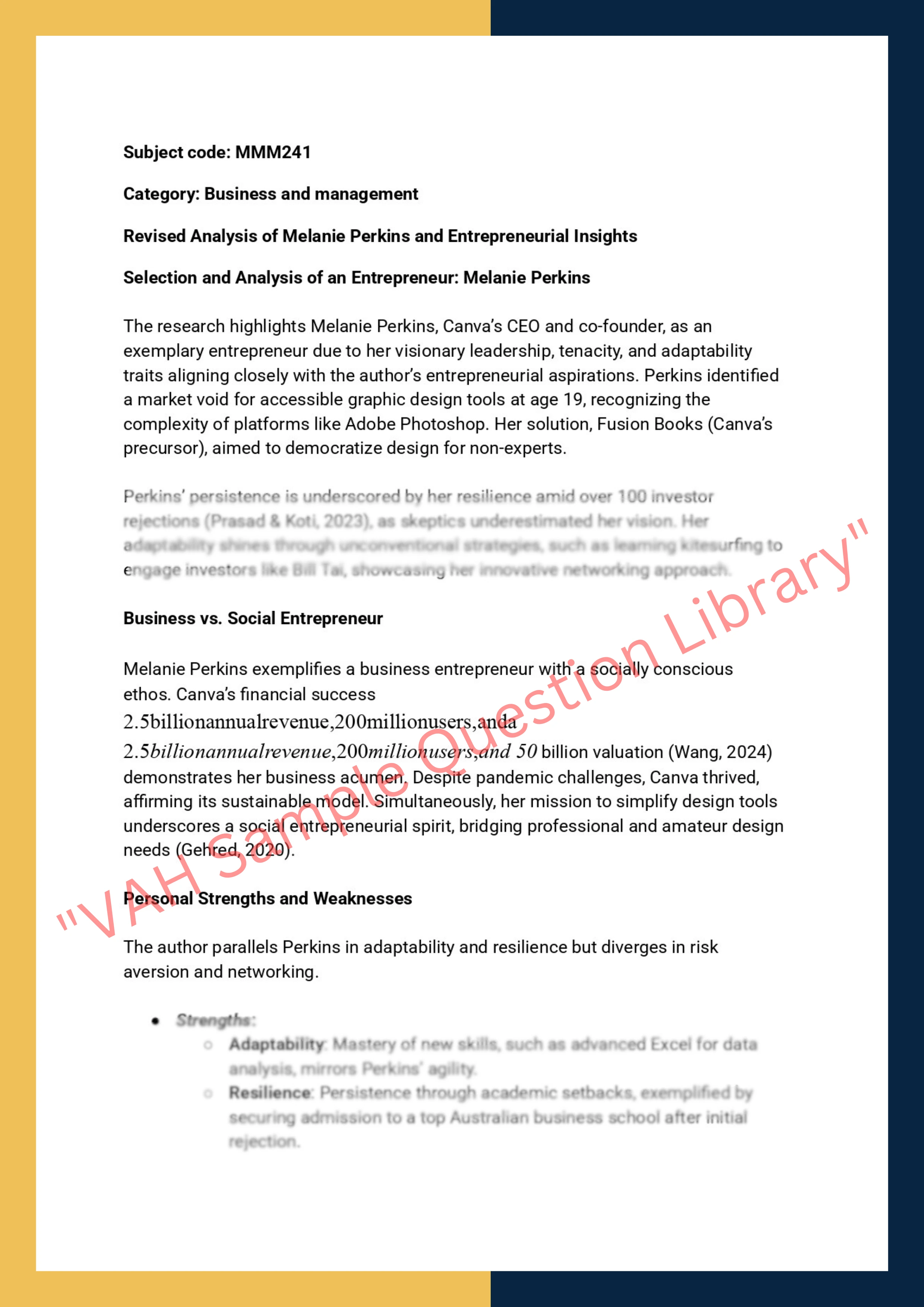
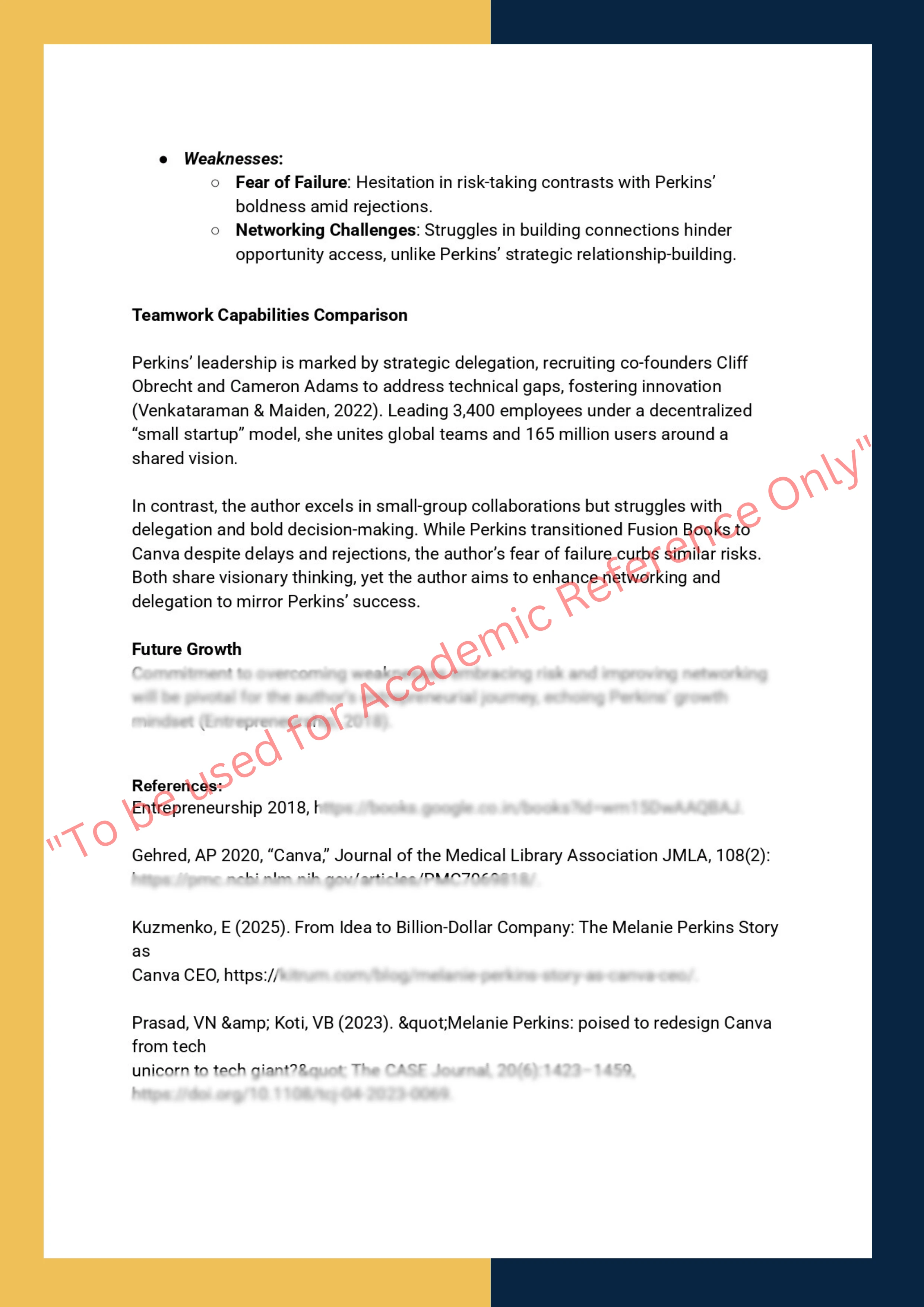

Business Management Assignment Help Sample by VAH Experts
Evaluate the role of innovation in achieving competitive advantage. Discuss how businesses can foster a culture of innovation and analyze real-world examples of firms that have successfully leveraged innovation for growth. Support your argument with relevant theories and frameworks?
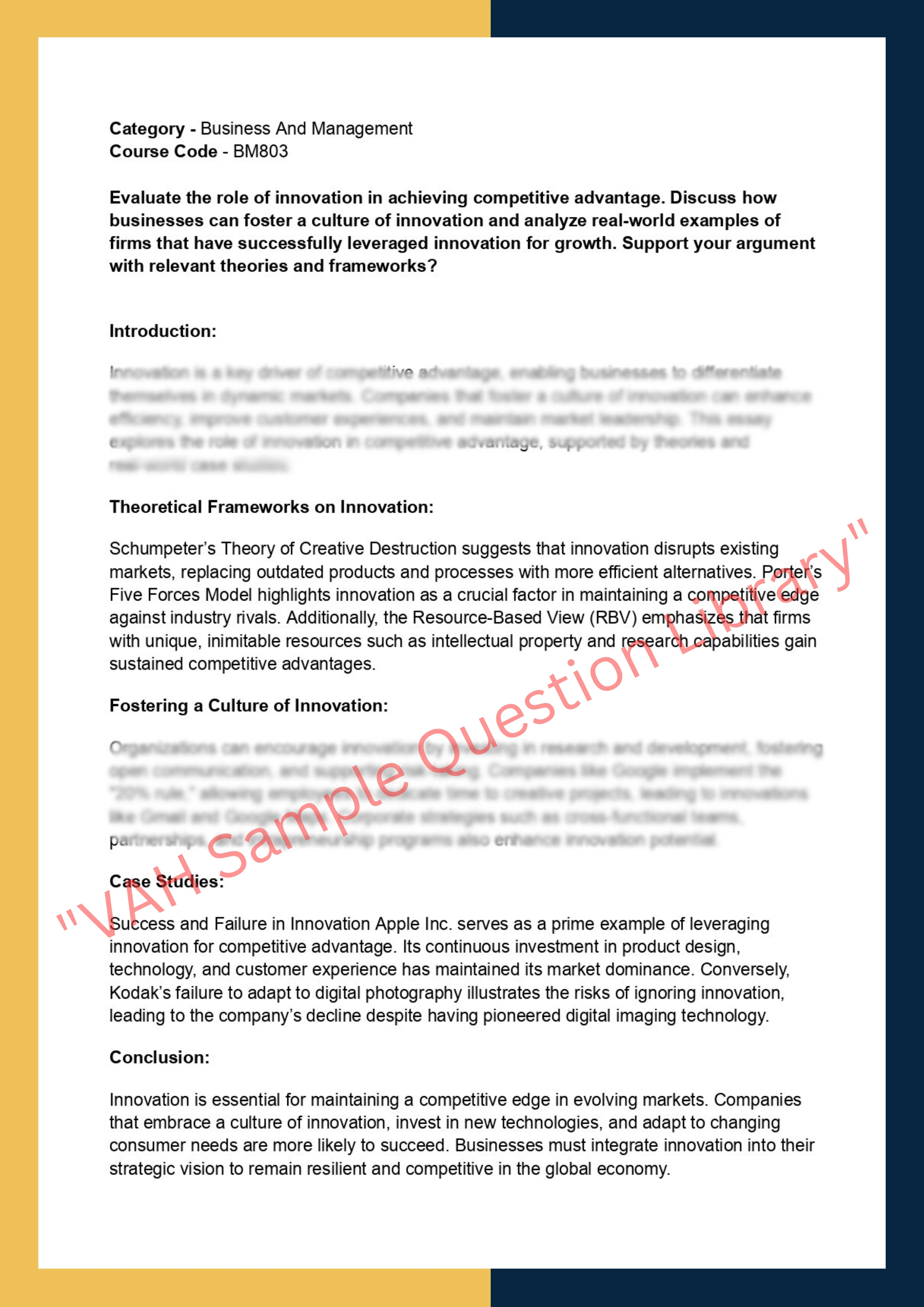

Business Management Assignment Help Sample by VAH Experts
Critically assess the impact of corporate governance on business performance. Discuss how corporate governance principles influence decision-making, risk management, and stakeholder relations. Provide real-world examples of companies that have excelled or failed due to their governance structures. Support your argument with relevant theories and frameworks?
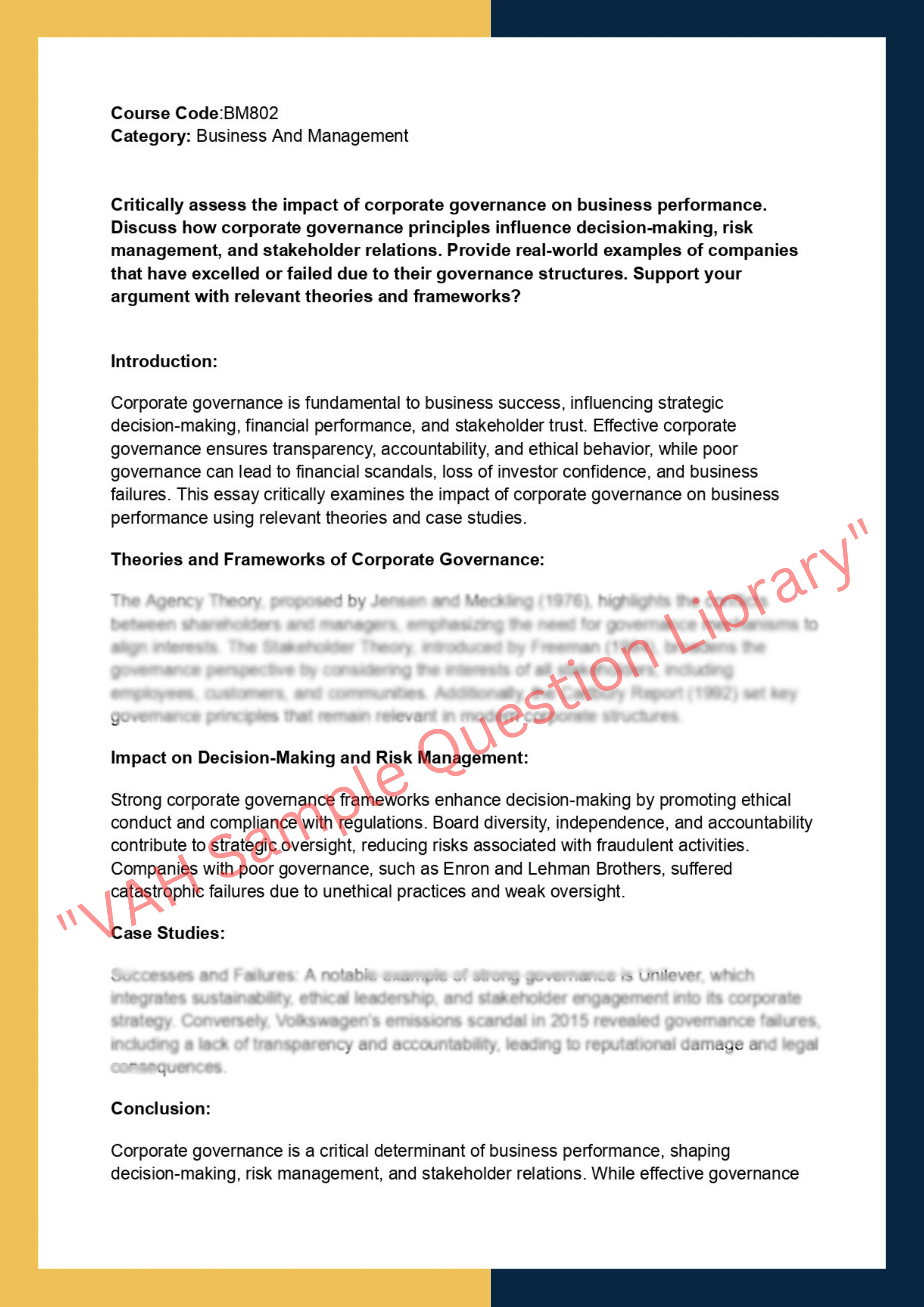
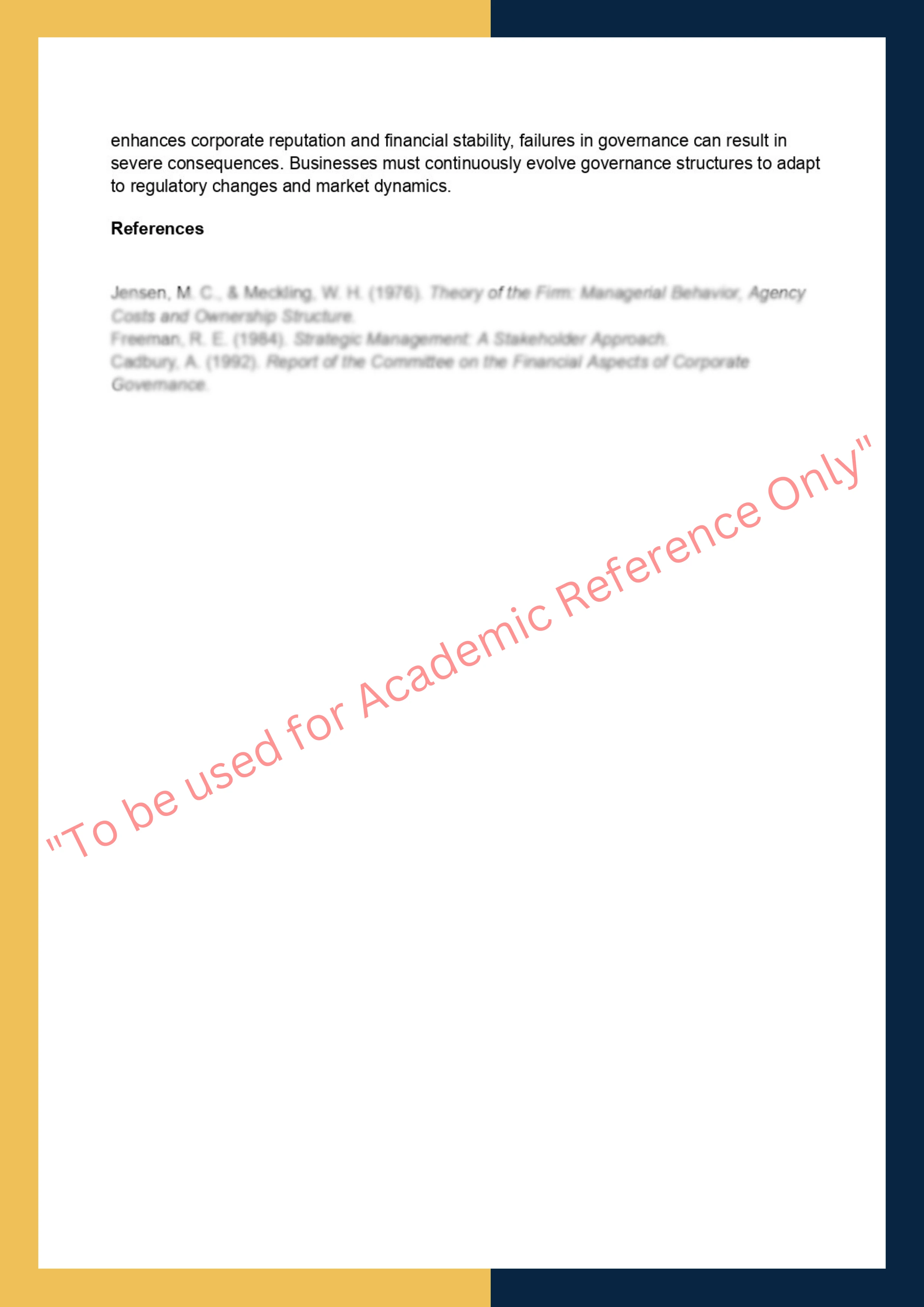
Business Management Assignment Help Sample by VAH Experts
Critically analyze the role of strategic leadership in driving organizational transformation. Discuss the challenges leaders face in implementing change and provide real-world examples of successful and failed transformations. Use relevant theories and frameworks to support your argument?

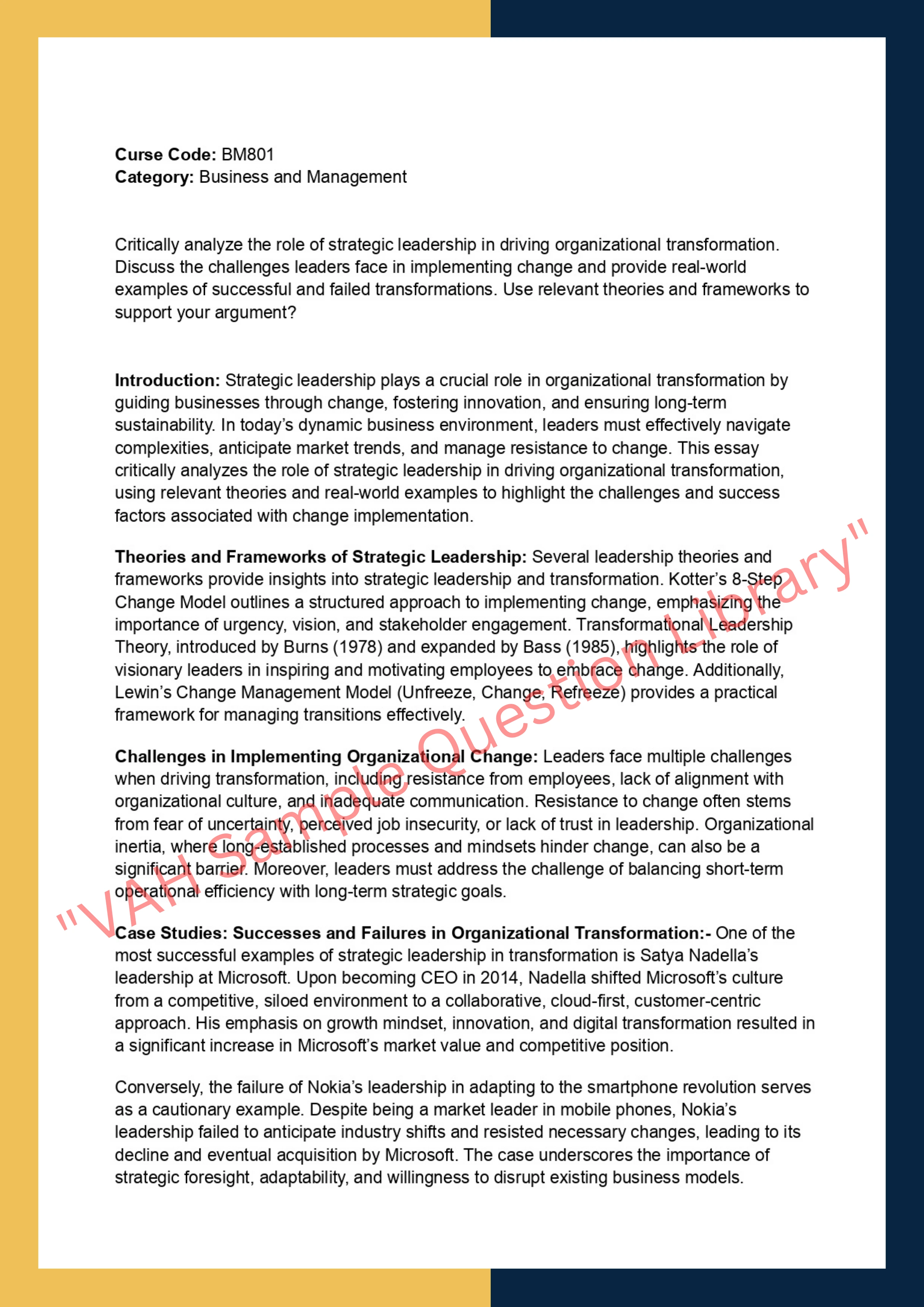
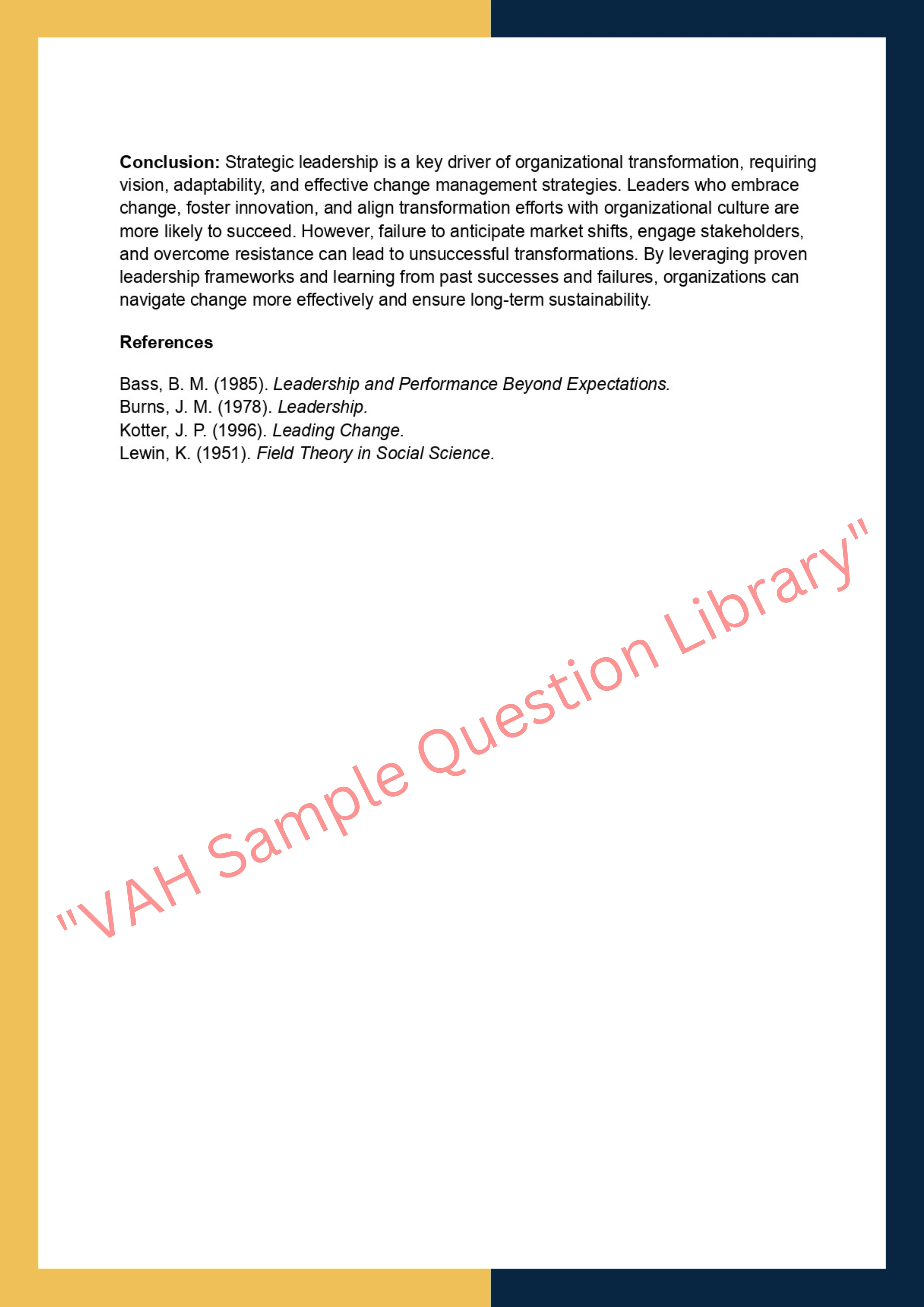






.png)
.png)
.png)







